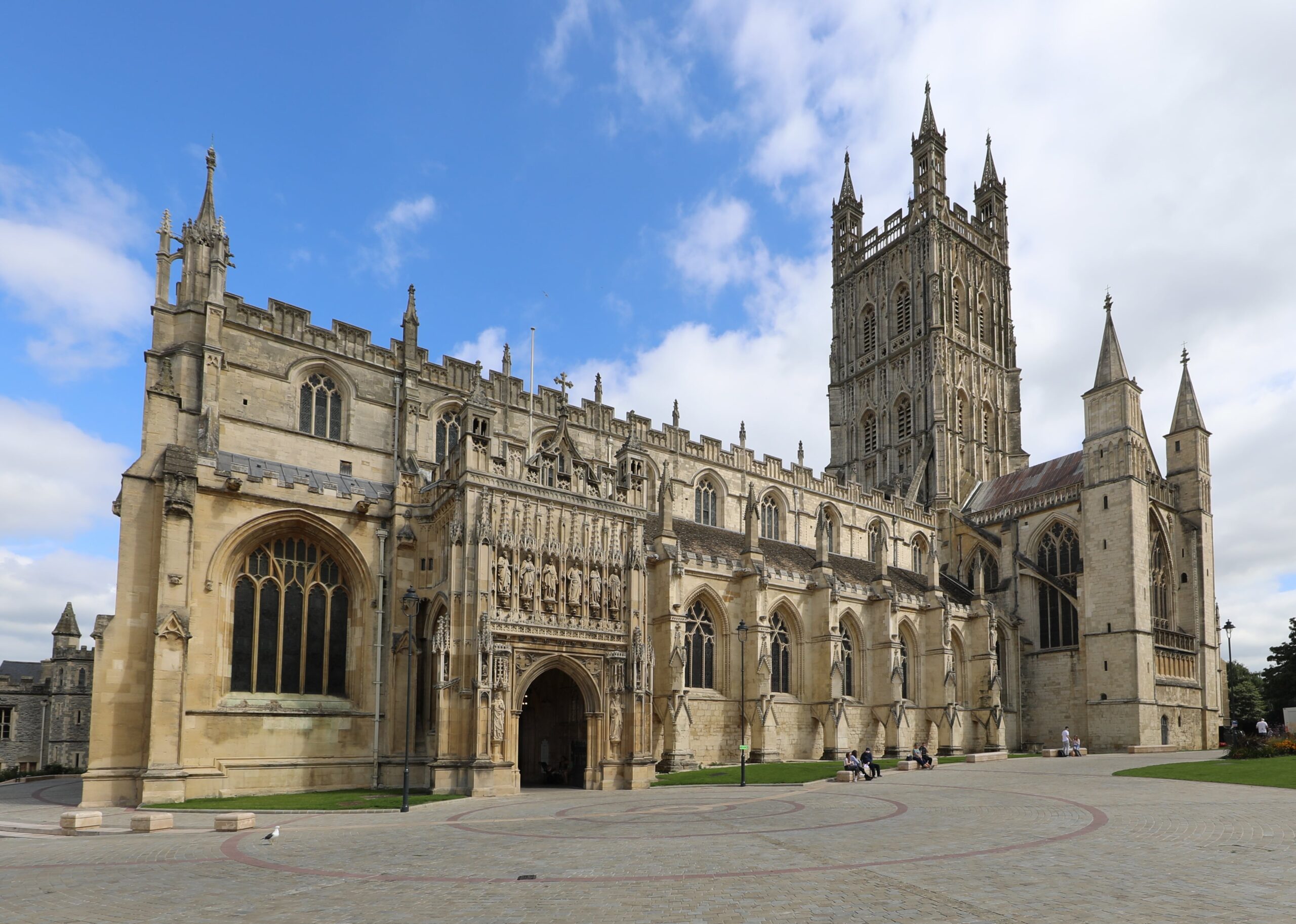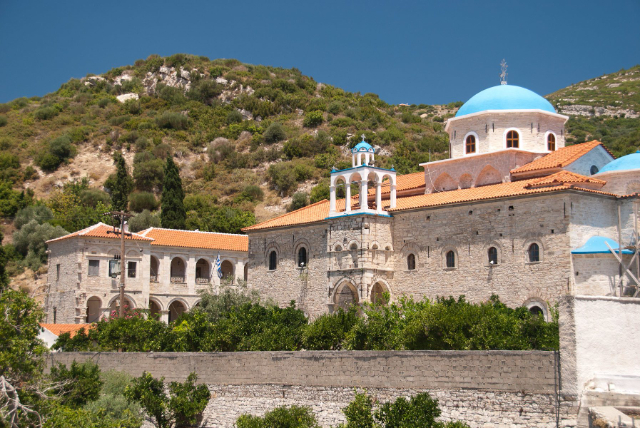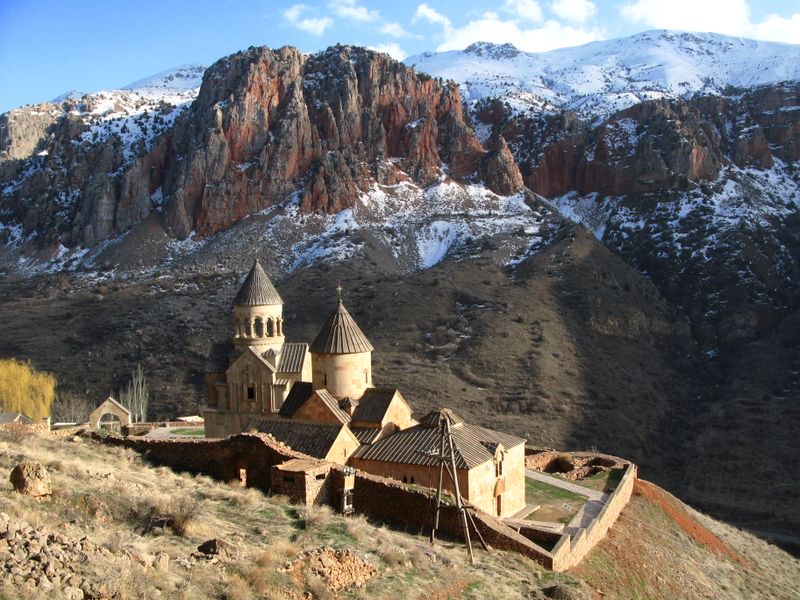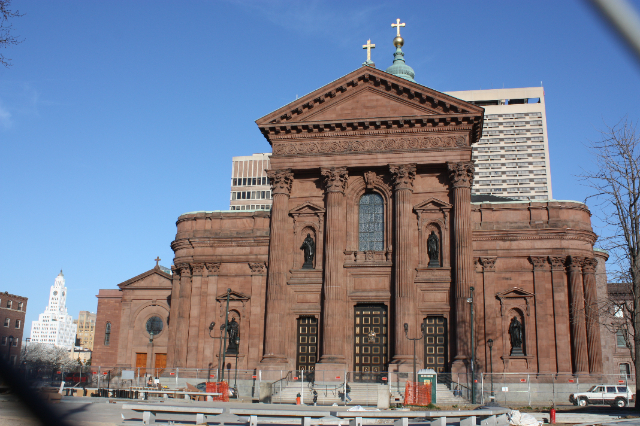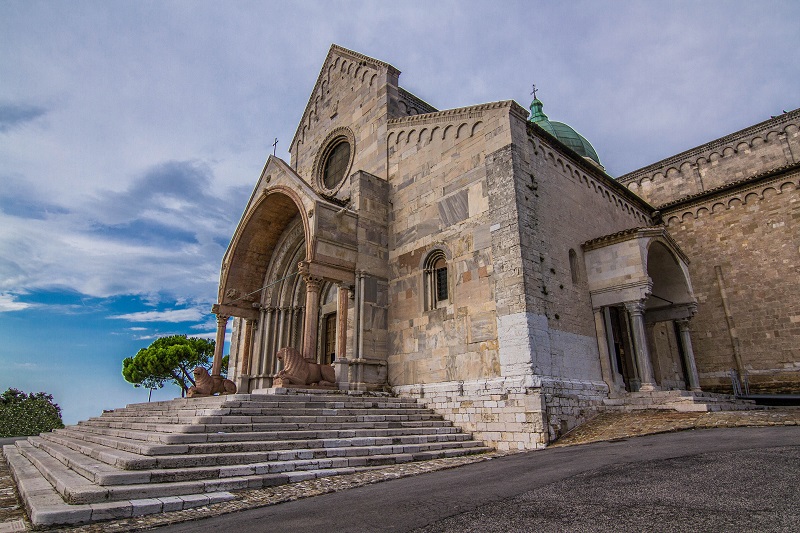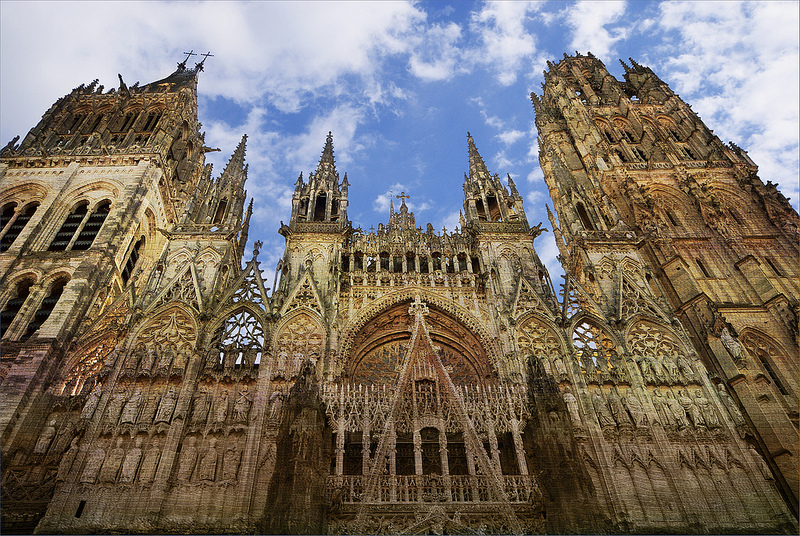Gloucester Cathedral, formally the Cathedral Church of St. Peter and the Holy and Indivisible Trinity is a Norman and Gothic cathedral located in the historic city of Gloucester, in the West of England.The magnificent Cathedral was built in 1100 as a Norman abbey church and survived the Dissolution thanks to its historical connection with the monarchy. It has one of the largest medieval stained glass windows in England and an elegant and impressive interior. It was from this church that William I ordered the Domesday Book, and, in more recent history, the cathedral was graced by the filming of more than one Harry Potter movie.
The Abbey of St. Peter in Gloucester was founded in 681 AD by the Saxon king Osric. Built over Roman foundations, the abbey was originally made of wood. By the 9th century the wooden structure was replaced by stone, and in 1058 the abbey church was rebuilt on a much grander scale by the Bishop of Worcester.
In 1088, this building was destroyed by fire and construction on a new building began with the crypt and main stone structure in 1089. The influences on this structure, much of which still stands today, are both Anglo-Saxon and Norman. The nearby Worcester Cathedral was begun in 1084 on the grand Romanesque style, and it served as the most readily available model.
The new church was consecrated in 1100, but just 22 years later was nearly destroyed by fire. Rebuilding was slow due to lack of funds, but was good enough by 1216 to be the chosen venue for the crowning of the young Henry III. The coronation revitalized royal interest in the Abbey Church.Another highly significant event for the future of St. Peter’s Abbey was the burial of the murdered King Edward II in the church in 1330. The king’s gruesome and unjust death made him into an unofficial saint, and his tomb attracted pilgrims from near and far. Many of these pilgrims gave extravagent gifts to the abbey.A major refurbishment was undertaken by Sir George Gilbert Scott in 1867-73. Gloucester Cathedral escaped damage during World War II, but precautions were taken: the Great East Window was removed and stored in the crypt. There was no time to write down where all the glass went when it was taken down, so after the war it had to be reassembled based on old postcards.Outside, the main feature of interest is the impressive central tower, which rises 225 feet (69m) high and can be seen from miles around.
